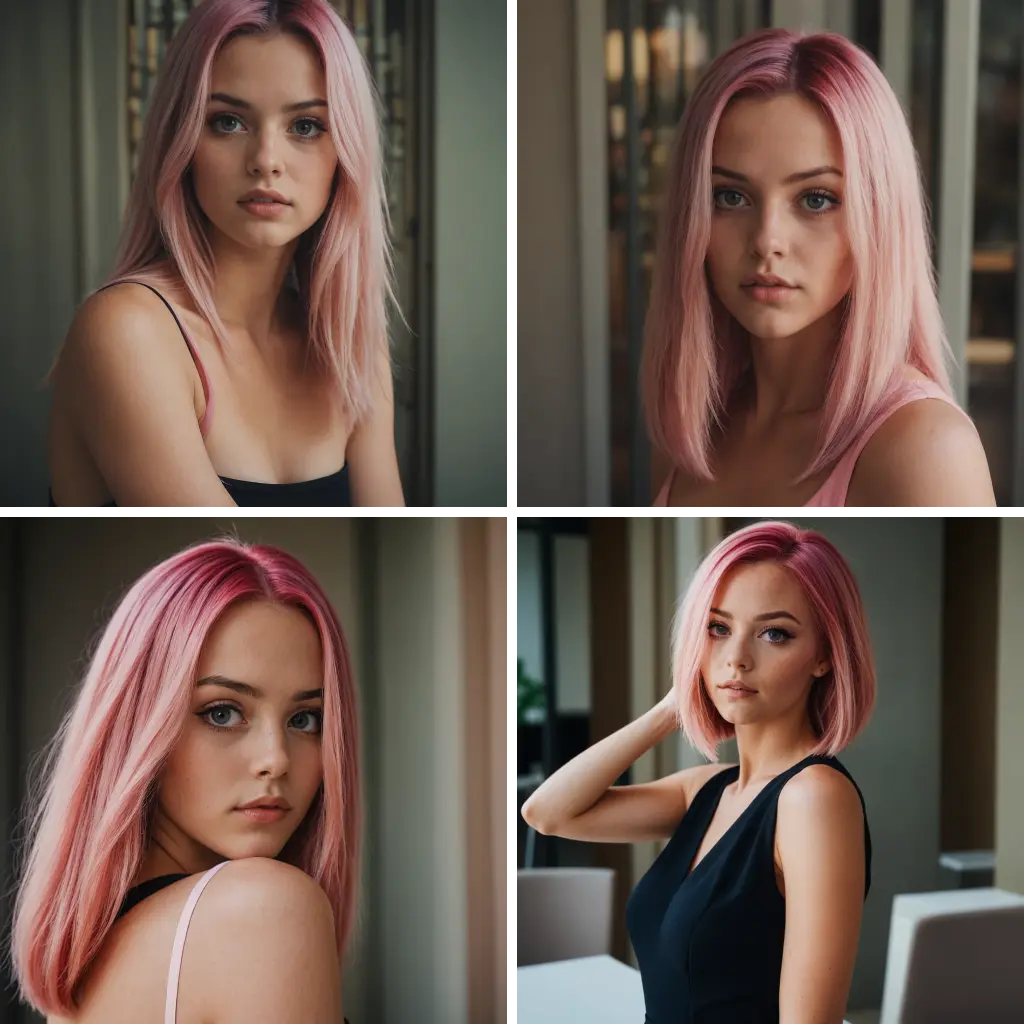ComfyUI Node: Node Frame 📅🅕🅝
FizzFrame
CategoryFizzNodes 📅🅕🅝/FrameNodes
FizzleDorf (Account age: 2264days) Extension
FizzNodes Latest Updated
2024-10-29 Github Stars
0.42K
How to Install FizzNodes
Install this extension via the ComfyUI Manager by searching for FizzNodes- 1. Click the Manager button in the main menu
- 2. Select Custom Nodes Manager button
- 3. Enter FizzNodes in the search bar
Visit ComfyUI Online for ready-to-use ComfyUI environment
- Free trial available
- 16GB VRAM to 80GB VRAM GPU machines
- 400+ preloaded models/nodes
- Freedom to upload custom models/nodes
- 200+ ready-to-run workflows
- 100% private workspace with up to 200GB storage
- Dedicated Support
Node Frame 📅🅕🅝 Description
Facilitates frame creation and management for AI art generation, enabling contextual conditioning and consistency across frames.
Node Frame 📅🅕🅝:
The FizzFrame node is designed to facilitate the creation and management of frames within the ComfyUI environment, specifically for AI art generation. This node allows you to define frames with associated positive and negative text prompts, which can be used to condition the AI model's output. By leveraging previous frames and general positive or negative prompts, FizzFrame helps in maintaining consistency and continuity across multiple frames. This is particularly useful for creating animations or sequences where each frame needs to be contextually aware of the preceding ones. The node also integrates with the CLIP model to tokenize and encode the text prompts, ensuring that the conditioning is effective and precise.
Node Frame 📅🅕🅝 Input Parameters:
frame
This parameter specifies the frame number you are working on. It is an integer value with a default of 0 and a minimum value of 0. The frame number helps in organizing and referencing different frames within your project.
positive_text
This is a required string parameter where you input the positive text prompt for the frame. The text can be multiline, allowing for detailed and descriptive prompts that guide the AI model towards the desired output.
negative_text
This optional string parameter allows you to input a negative text prompt for the frame. Similar to the positive_text, it can be multiline. Negative prompts help in steering the AI model away from certain undesired elements or features in the generated output.
general_positive
An optional string parameter for general positive prompts that apply across multiple frames. This can be useful for maintaining a consistent theme or style throughout your sequence. The text can be multiline.
general_negative
An optional string parameter for general negative prompts that apply across multiple frames. This helps in consistently avoiding certain elements or features across your sequence. The text can be multiline.
previous_frame
This optional parameter allows you to reference a previous FizzFrame. By doing so, you can inherit certain attributes like general positive and negative prompts, ensuring continuity and consistency across frames.
clip
An optional parameter that accepts a CLIP model. The CLIP model is used to tokenize and encode the text prompts, providing the necessary conditioning for the AI model. If not provided, the node will use the clip from the previous frame if available.
Node Frame 📅🅕🅝 Output Parameters:
FIZZFRAME
This output is the newly created FizzFrame, which includes all the specified attributes and conditioning. It can be used as an input for subsequent frames or other nodes that require frame information.
CONDITIONING
This output provides the positive conditioning derived from the positive text prompt and the CLIP model. It is used to guide the AI model towards the desired output based on the positive prompts.
CONDITIONING
This output provides the negative conditioning derived from the negative text prompt and the CLIP model. It is used to steer the AI model away from undesired elements based on the negative prompts.
Node Frame 📅🅕🅝 Usage Tips:
- Utilize the
previous_frameparameter to maintain consistency across multiple frames, especially when creating animations or sequences. - Make use of
general_positiveandgeneral_negativeprompts to apply overarching themes or avoidances across your project. - Ensure that your text prompts are detailed and descriptive to effectively guide the AI model towards the desired output.
- Experiment with different combinations of positive and negative prompts to fine-tune the conditioning and achieve the best results.
Node Frame 📅🅕🅝 Common Errors and Solutions:
"KeyError: 'clip'"
- Explanation: This error occurs when the
clipparameter is not provided and there is no previous frame to inherit the clip from. - Solution: Ensure that you provide a CLIP model either directly through the
clipparameter or by referencing a previous frame that includes a clip.
"TypeError: 'NoneType' object is not subscriptable"
- Explanation: This error can occur if the
previous_frameparameter is referenced but does not contain valid frame data. - Solution: Verify that the
previous_frameparameter is correctly set and contains valid frame data before referencing it.
"ValueError: Invalid frame number"
- Explanation: This error occurs when the
frameparameter is set to a negative value or an invalid number. - Solution: Ensure that the
frameparameter is set to a non-negative integer value.
Node Frame 📅🅕🅝 Related Nodes
RunComfy is the premier ComfyUI platform, offering ComfyUI online environment and services, along with ComfyUI workflows featuring stunning visuals. RunComfy also provides AI Playground, enabling artists to harness the latest AI tools to create incredible art.


